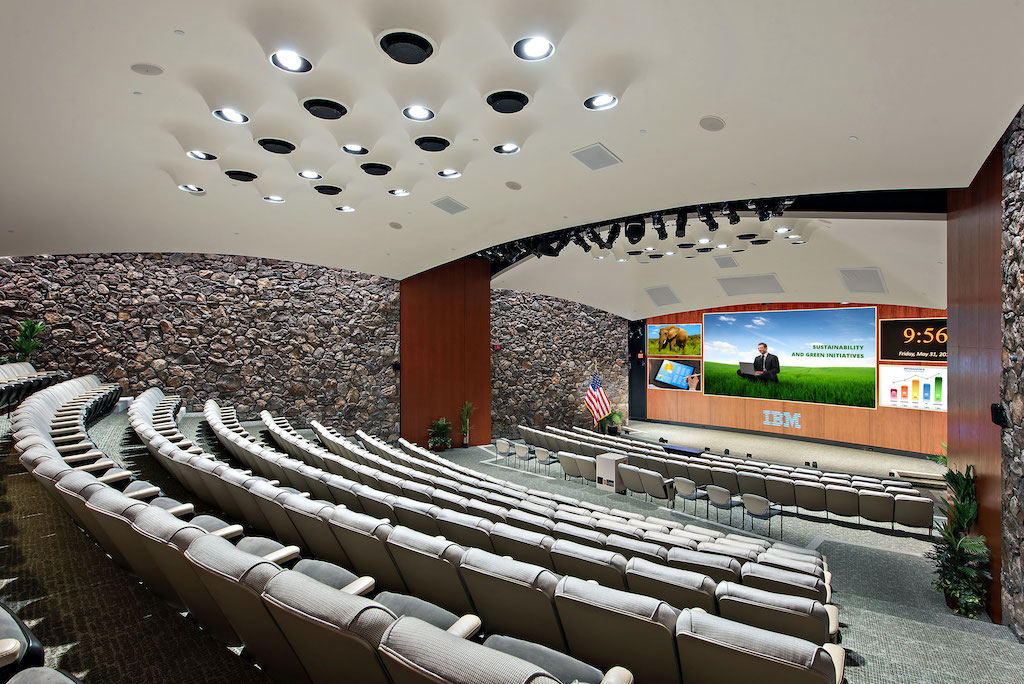Exploring the Crucial Factors That Affect Color Consistency in Light Emitting Diode Wall Screens for Ideal Visual Output
Exploring the Crucial Factors That Affect Color Consistency in Light Emitting Diode Wall Screens for Ideal Visual Output
Blog Article
Color consistency in light-emitting diode wall screens is crucial for attaining maximum visual output. LED wall panels are widely used in multiple environments, including musical events, conferences, and advertising displays. When the hues on these screens are uniform, they create a more captivating and immersive experience for audiences. Several critical factors influence hue uniformity, including the caliber of the light-emitting diode elements, calibration processes, and environmental conditions.
The caliber of the light-emitting diode elements plays a major role in hue consistency. Different types of LEDs produce light at different wavelengths, which can affect the overall color output. High-quality LEDs are engineered to generate a more consistent light range, leading in improved hue accuracy. Additionally, the manufacturing process of these LEDs can impact their performance. Screens made with high-grade materials and techniques tend to have less hue differences, guaranteeing that the shown pictures and footage look lively and faithful to reality.
Calibration is another crucial element in maintaining color uniformity in light-emitting diode wall panels. Calibration entails modifying the settings of the panel to make certain that the hues displayed match the desired appearance. This process can consist of fine-tuning brightness, differentiation, and hue balance. Regular tuning is essential, especially in settings where lighting conditions vary frequently. By calibrating the screens, specialists can fix any discrepancies in color output, resulting to a more consistent observing experience.
Environmental factors also influence hue consistency in LED wall screens. Factors such as ambient light, temperature, and humidity can influence how hues are seen. For example, bright ambient light can wash out hues, making them look more lively. Similarly, extreme heat can affect the performance of the light-emitting diodes, resulting to hue shifts. To mitigate these issues, it is crucial to place light-emitting diode wall screens in controlled environments where lighting and heat can be controlled efficiently.
Lastly, the design and layout of the LED wall panels can impact hue uniformity. The configuration of the screens, as well as the spacing from which they are viewed, have a peek at this site can create variations in color perception. When screens are arranged too far apart or at varied positions, audiences may detect discrepancies in color. To achieve the best visual performance, it is important to take into account the placement and alignment of the panels during installation. By tackling these elements, users can ensure that their light-emitting diode wall screens provide a uniform and superior optical encounter.